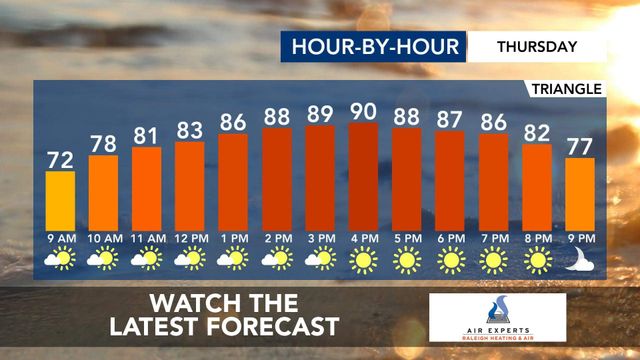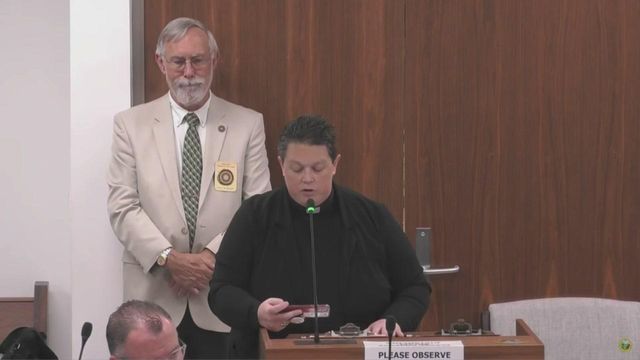With Trump’s Tough Deterrents, Many Asylum-Seekers on the Border are Giving Up
TIJUANA, Mexico — Pushed beyond their limits by prolonged waits in dangerous and squalid conditions in parts of Northern Mexico, thousands of caravan members who had been waiting to seek asylum in the United States appear to have given up, Mexican officials said, dealing President Donald Trump an apparent win after a humbling week for his immigration agenda.
About 6,000 asylum-seekers who had traveled en masse, many of them in defiance of Trump’s exhortations that they were not welcome, arrived in Northern Mexico in late November as part of a caravan that originated in Honduras. Since then, more than 1,000 have accepted an offer to be returned home by the Mexican government, the officials said. Another 1,000 have decided to stay in Mexico, accepting work permits that were offered to them last fall, at the height of international consternation over how to deal with the growing presence of migrant caravans.
Trump resorted on Friday to declaring a national emergency after he failed to secure funding from Congress for a border wall that he said would block migrants from entering the United States. But the data from Mexican officials suggested that harsh policies he has introduced to crack down on asylum-seekers may already be achieving some of its intended effects.
Added this week to new policies that are bearing down on asylum-seekers — which include tight limits on the number of people who can apply for the status each day and a heightened standard of proof to qualify — was the extension of a rule that certain asylum-seekers must wait in Mexico for the full duration of their legal cases, which can take years.
The requirement originally applied only to adults, but the Department of Homeland Security expanded it to include families with children as well.
Among those who have been dissuaded, at least for now, is Natali, 32, who asked to be identified only by her first name because she feared for her safety. Speaking from her modest apartment atop a steep hill in western Tijuana, she explained that she and her husband had fled their home in El Progreso, Honduras, after she witnessed a killing carried out by a local criminal gang. Soon after, she began to receive threats in the mail warning her to keep quiet.
Once in Mexico, they heard about the increasingly long odds of receiving asylum in the United States, and feared more than anything that officials there would return them to their home country. Rather than crossing the border, they decided to seek humanitarian visas to remain in Mexico legally for at least one year, and have slowly begun to build a life.
She still believes she might ask for asylum in the United States, but is realistic about her chances. “I like Tijuana,” she said. “It’s a very pretty city and there’s a lot of work.” More than anything, she fears the United States would deport her back to Honduras.
Mexican officials said the data on people who have deferred or given up their quest for asylum in the United States reinforced an idea that is often raised by Trump: that many caravan members are not truly desperate for protection.
“What happened is that many people came on an adventure, trying their luck,” said Cesar Palencia, Tijuana’s chief of migrant services. “When they realized that it was hard to cross and the conditions in Mexico were also difficult, among many factors, they decided to return home.”
The Honduran caravan ballooned in size as it swept through impoverished villages, drawing national media attention and an eclectic mix of participants. Many came from poverty, lacking education and resources, and said they were unfamiliar with the complex set of laws that would ultimately determine who would be granted legal status in the United States, and who would not.
Immigrant advocates said that hype and false promises had attracted a group that was somewhat unrepresentative of typical asylum-seekers. But they pointed to the roughly 4,000 members who had successfully entered the United States and had at least requested protected status to argue that most had legitimate claims. Michelle Brané, the director of migrant rights and justice at the Women’s Refugee Commission, warned that while Trump’s tough policies may discourage the undeserving, they might also endanger people who need protection. She said they would likely drive vulnerable migrants into the arms of human traffickers, who promise to provide passage into the United States.
“It may look like it’s working in the short term,” Brané said, “But I don’t think it’s a long-term solution. It’s driving people further into the shadows and that’s exactly the opposite of what we want.”
When they arrived in Mexico, many of the caravan members had been living in squalor, sleeping in tents or lean-tos inside the Benito Juárez sports complex. A downpour devastated the grounds, and those who remained fled to a new expansive shelter called Barretal on the outskirts of Tijuana. Once packed with 2,500 people, that location also recently closed because it had shrunk to fewer than 200.
“It is not the same as when we had Barretal and Benito Juárez,” said Esme Flores, an immigrant-rights advocate at the San Diego office of the American Civil Liberties Union. “It really feels that the population has moved on.” On Friday, all that remained of the formerly bustling migrant quarter around the Barretal shelter was a small camp around the corner, only partially covered by a tin roof. The conditions are far from comfortable, but the occupants said it was better than sleeping on sidewalks.
Most were not yet ready to give up trying to enter the United States, but knew of others who had. Elde Rodriguez, 26, said he had left Honduras hoping to send money back to his wife and daughter. Believing that he would not qualify for asylum, he tried last week to cross the border illegally but he and a friend were unable to find their away across and turned back.
“There’s enough work here in Mexico, and you can live on that if you’re alone. But you can’t make enough to send money home, and that’s the point about all this,” he said. “If I can’t get in, I’ll just keep trying.”
While Tijuana appears to be emptying, large groups of migrants have accumulated in other areas along the border as a result of the new policies. After a riot the day before, authorities in Mexico said Friday they would disband a group of 1,400 Central American asylum-seekers who had been waiting in the city of Piedras Negras to cross the border into Eagle Pass, Texas, according to news reports. The Trump administration has said the latest policy requiring asylum-seekers to wait in Mexico, which it called Migrant Protection Protocols, is a vital response to a crisis at the border. Kirstjen Nielsen, secretary of the Department of Homeland Security, has said the policy aims to alleviate a humanitarian crisis on the border and secure the United States. Introduced as a pilot program across the border from San Diego, the administration plans to expand the policy into Texas.
Border Patrol apprehensions of families along the southwest border remain near all-time highs, though there was a slight downward turn in January, as is often the case, according the latest government figures. Customs and Border Protection said more than 1,800 Central American parents and children crossed the border illegally on Monday, the largest number of families recorded on a single day. And like other asylum policies of this administration, the “remain in Mexico” policy has already drawn legal scrutiny, leaving its future uncertain.
On Thursday, the American Civil Liberties Union and two other groups sued the administration on behalf of 11 asylum-seekers who were required to wait in Mexico, claiming that the policy, which was introduced last month at the San Ysidro port of entry, near San Diego, violates U.S. and international laws.
The lawsuit was filed in federal court in the Northern District of California on behalf of migrants from Guatemala, Honduras and El Salvador who feared for their lives in Mexico, according to the complaint.
One of them was robbed at gunpoint and told by the assailant that he would be killed if he was seen again. Two others said they had been threatened by local residents wielding rocks or sticks. Another plaintiff said he had to bribe a police officer to avoid arrest.
“Asylum-seekers in Mexico face a heightened risk of kidnapping, disappearance, trafficking, sexual assault and murder, among other harms,” said the complaint.
In December, the ACLU successfully sued the administration over another new rule that became known as the “asylum ban” because it significantly restricted the locations where people could request the status. That policy remains enjoined by a federal court; the Supreme Court declined to reinstate it.
Like members of the caravan, many of those who continue to come to the United States each day lack a comprehensive understanding of the system they are entering.
Ela Marina Rodriguez, 49, and her daughter, Duña Ventura, 16, arrived in Tijuana about three weeks ago and were taken to the small shelter by a man whom they had been traveling with. Rodriguez said she had heard on the news that bringing her daughter would guarantee them admission into the United States, and the two thought if they could make it through the journey they would have an opportunity for a better life.
“That’s why we came all this way,” she said. “I’ve dreamed of doing this my entire life but I was afraid. Hiding through the desert and the mountains, I never had the courage before, until we heard they were giving papers to families.”
Her eyes grew wide when she heard from a reporter that some asylum-seekers are being made to wait in Mexico. She sighed heavily and replied: “I don’t know. I don’t know. I don’t want to be here.”
Rodriguez said that “honestly, yes” she would cross illegally if that is what it takes to get into the United States. But if she is unable to gain entry to the United States, she said, she would likely turn back to Honduras. “I mean, what else can you do in that case?”









